How Ganit Helps Customers Optimize Their Inventory by Leveraging Amazon Forecast
September 2023 | 7-minute read

Tagged: MarketMixModeling | MarketingROI | AWSAnalytics | MachineLearning | DataInsights | MarketingStrategy | CloudInfrastructure | DataAnalysis | MLOps | AWSArchitecture | MarketingOptimization | DataIntegration | BusinessAnalytics | MarketingPerformance | AWSAdvancedPartner
Startups often spend a significant portion of the total available budget on various marketing channels like Television, Digital spending, radio, and paper ads to drive customer visibility and growth. However, often, it is observed that the ROIs for these marketing investments need to be in line with expectations. Additionally, startups need more visibility into data across different marketing channels they invest in and the impact it is creating.
In this blog, I would like to explain how startups can leverage the power of cloud (AWS) and Machine Learning (ML) based “Market Mix Modelling” to understand their marketing spending across various channels and optimize it leading to the appropriate allocation of marketing budget and maximizing its ROI.
Learning on how to perform Market Mix Analysis:
Before I dwell into the details of the solutions, I would like to let readers know what Market Mix analysis means. Market Mix Analysis is the application of econometrics to quantify the effect of marketing and non-marketing factors on sales. It is typically used to
- Quantify the dollar contribution of each marketing activity
- Diagnose reasons behind changes in marketing performance
- Forecast sales and make effective marketing plans
- Understand consumer’s purchasing decision
Analyst should start their journey by identifying all the avenues of marketing spending, promotional factors and other available data points (macroeconomic, metadata). Post basic data checks and cleaning, a hypothesis list should be made in sync with the business to perform exploratory data analysis (EDA).
Analysts can perform various types of EDAs to understand the data patterns and based on which one should decide the data treatment for modelling purposes.
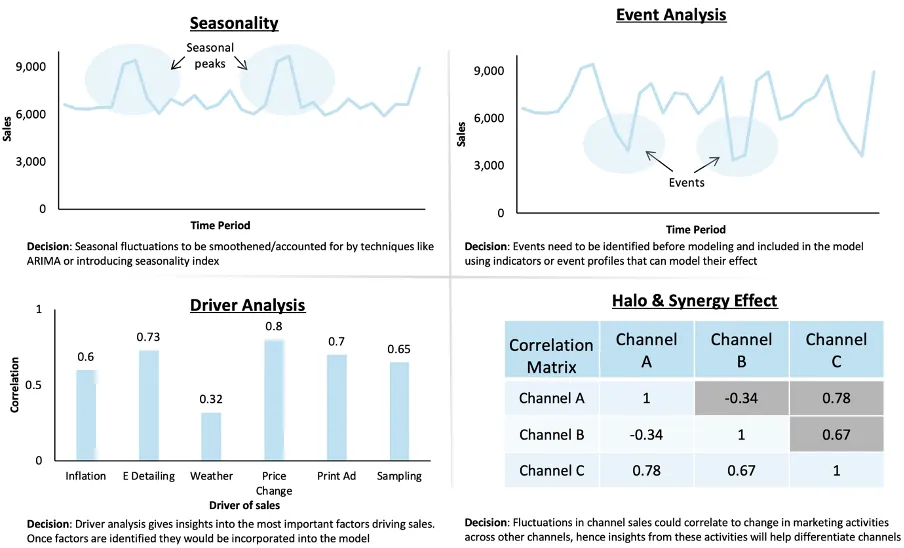
Figure 1: Explains various EDAs and decisions analyst can take to transform the data
Above mentioned EDAs will help the analyst understand the various nuances like seasonality, impact of events, other drivers, and their impact on sales. Post this analyst needs to understand 2 important aspects of its marketing spends
- Ad-stock analysis: An analyst can mathematically model the decay effect of marketing on consumer’s minds. Ad-stock transformation is an effective method of capturing the decay effect.
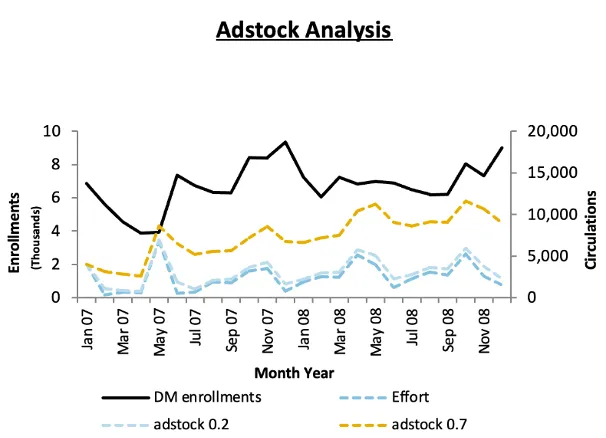
Figure 2: Sample results of Ad-stock analysis
- Understand the lagged impact of marketing activity on sales. There is a delay in response generated since the time a marketing campaign is affected. This delay in response (lag) varies by marketing channel. This delay in response needs to be accounted for during model development to capture the actual effectiveness of marketing channels.
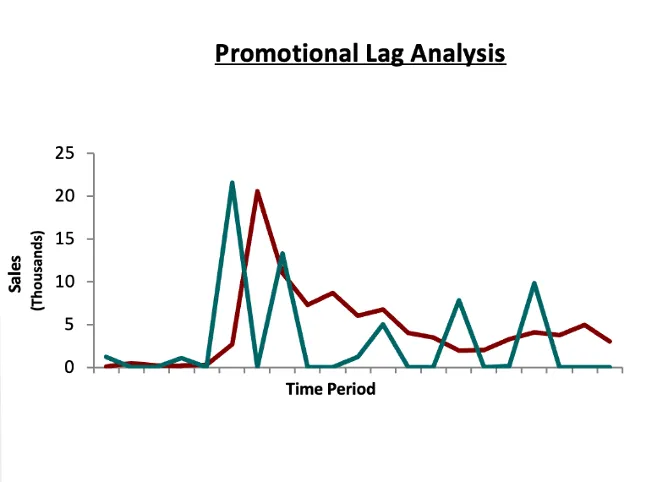
Figure 3: Real world example of lag in sales post promotion is carried out
- Analyst can then build and test various regression techniques to build their Market mix models. Mentioned below are various techniques one can use depending on the usage.

Figure 4: Various analytical models analyst can use to create market mix model
Real world challenges and solution:
Now that we understand how market mix modelling is done, let me highlight some of the real-world challenges analysts often face
- Datasets of various marketing channel is present in disparate sources — various APIs and connectors would be required to integrate data
- Data size, levels and types are inconsistent — will require adjustments
- Model needs to be tuned continuously based on changing market dynamics — would need MLOps pipeline
- Ability to view the performance and make decisions using a what-if analysis scenario planner
To solve the above challenges, companies can leverage AWS Cloud Infrastructure where it can
- Easily connect any APIs or connectors outside the AWS ecosystem to move the data into Amazon Simple Storage Service (S3)
- All files of any format can be stored and queried from Amazon S3 buckets
- Amazon SageMaker can be used to build the Machine learning model, and an MLOps pipeline can be designed
- Using Amazon QuickSight, one can build visuals with user alerts and predictive views (shown in the figure below) for performing what-if scenarios.
Sample Technical Architecture that can be used to build a production system on AWS cloud
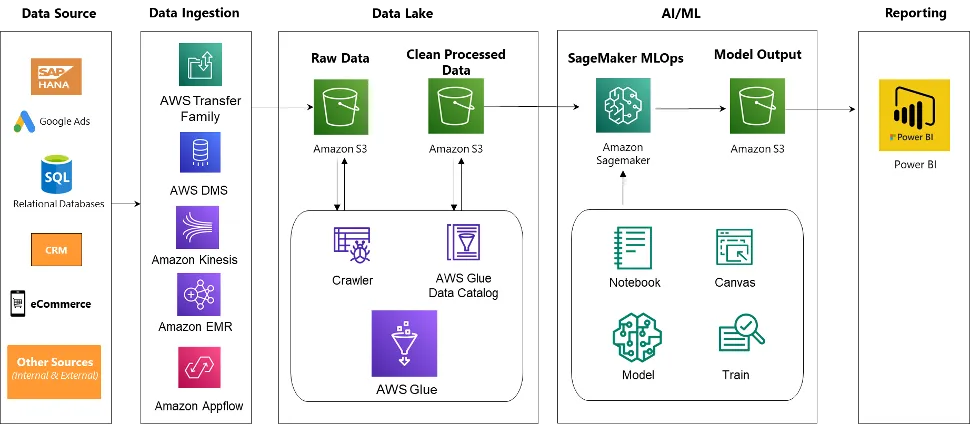
Figure 5:Representation of AWS Cloud Architecture analyst can follow to set up MMx on cloud
There would be 5 major components in the architecture
- Data Sources — We could multiple source system including ERP systems, relational databases used by applications, CRM platforms, eCommerce websites & even flat files from FTP servers or user-managed files.
- Data Ingestion — AWS provides various services to migrate data in different frequency modes (Real-time, near-real time & batch mode) based on your needs
- AWS Transfer Family — Easily manage file transfers and modernize your transfer workflows within hours by using your existing authentication systems.
- AWS Database Migration Service (DMS) — homogenous/heterogeneous migration of a terabyte-sized database at a low cost, paying only for the compute resources and additional log storage used during the migration process.
- Amazon Kinesis makes it easy to collect, process, and analyze real-time, streaming data so you can get timely insights and react quickly to new information.
- Amazon EMR — Easily run and scale Apache Spark, Hive, Presto, and other big data workloads.
- Amazon AppFlow is a fully managed integration service for transferring data between software as a service (SaaS) application (for example, Salesforce, Zendesk, Slack, and ServiceNow) and AWS services.
3. Data Lake — Single source of truth using Amazon Simple Storage Service (S3) as a storage layer. Migrate raw data from sources to Amazon S3 and then perform data cleaning to store clean data with proper data quality checks.
4. AI/ML — Amazon SageMaker is one-stop solution for your modelling needs. You can manage your entire MLOps lifecycle on Amazon SageMaker as shown in the image below
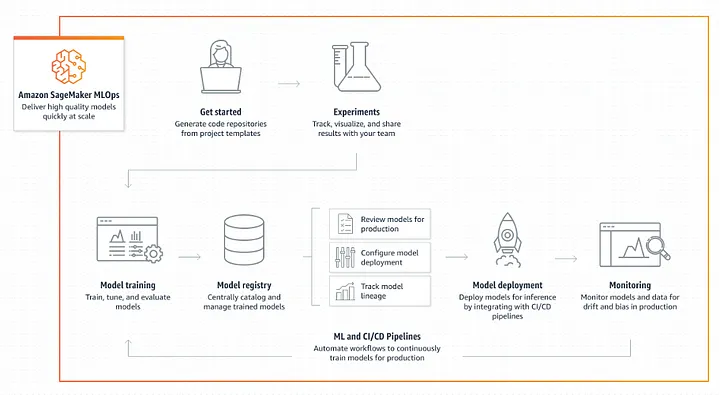
Figure 6:Representation of how MLOps pipeline can be built on Amazon SageMaker from their website
5. Data Consumption — We can integrate various visualizations platforms to analyze and showcase the model results on a dashboard. Microsoft PowerBI was used to build the dashboard enabling users to monitor and take decisions on marketing spends.
Post production system implementation, Analyst can design marketing spend monitoring decision boards using AWS Data Lake in backend to continuously monitor and take spend decisions.

Figure 7:Sample screenshots of MMx dashboards on Microsoft PowerBI
Conclusion:
Companies can increase their ROIs by ~10–15% using the Market Mix modelling technique by adequately applying the marketing budget. Also, by leveraging the AWS cloud infrastructure, it will be able to scale and iterate faster (even outside AWS ecosystem) on the models built and deployed.
If you want to undertake such an activity for your firm and need help, you can reach out to info@ganitinc.com.
Ganit is an AWS Advanced Tier Services Partner that provides intelligent solutions at the intersection of hypothesis-based analytics, discovery-driven artificial intelligence (AI), and new-data insights. Over the years, they have successfully deployed various customer targeting and optimisation solutions for its customers.



